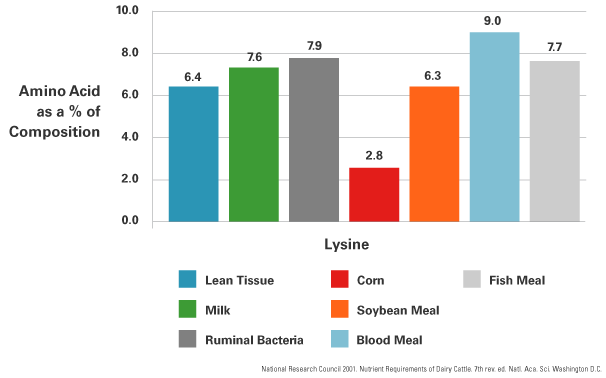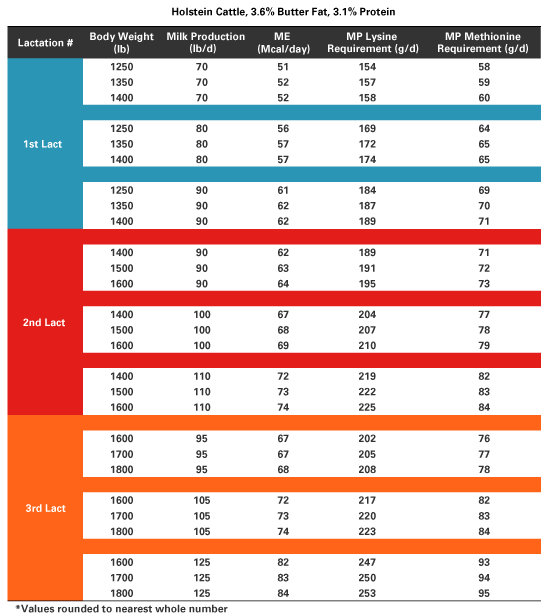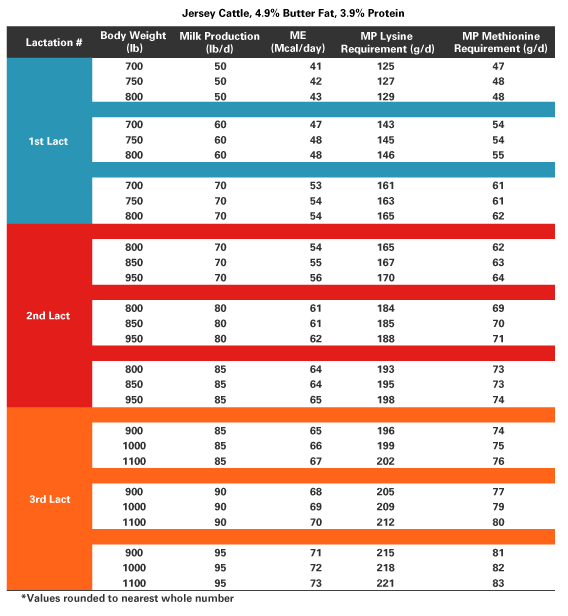Increase Lysine, Increase Profits
It costs the same to keep a cow in your herd whether she's producing 60 or 90 lbs/h/d. Both situations require the same amount of dry matter to meet the cow's maintenance requirements.1 The operating and fixed overhead costs are the same as well. The real difference is how much you're spending on feed to support higher milk production.
By adding a rumen protected lysine product like USA Lysine® to your dairy cattle's total mixed ration (TMR), you can improve profitability by increasing milk production in a cost-effective manner. Not only does this increase in milk production result in added income, it lowers your break-even point by spreading out fixed costs over more pounds of milk sold.
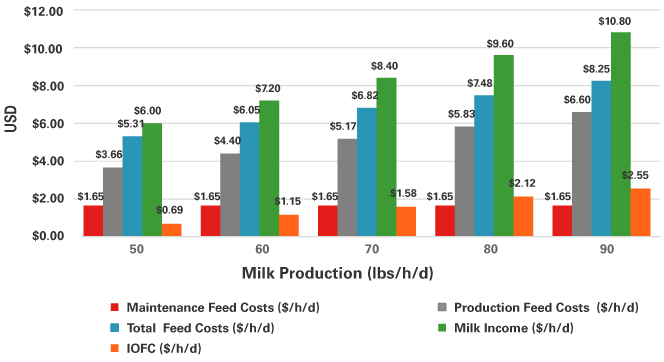
Figure 2. Feed costs and milk income based on production levels
Increasing Lysine Supply for Dairy Cows with USA Lysine
Knowing that lysine is essential to improving milk production and increasing profits is just the first step, but it's not always easy when there are so many products on the market. USA Lysine is an encapsulated, rumen protected lysine source and a cost-effective solution that makes a significant difference.
USA Lysine provides high levels of MP Lysine without overfeeding other nutrients, resulting in a more efficient use of amino acids. Lysine has little impact on a dairy cow's milk production if it is not actually absorbed from the small intestine. USA Lysine combines a high level of ruminal escape and intestinal availability. By providing additional MP Lysine, you can ensure lysine requirements are met and maximum production is achieved. Figure 2 highlights several trials in which a rumen protected lysine product was used to increase MP Lysine levels. The result is improved milk production and increased profit.
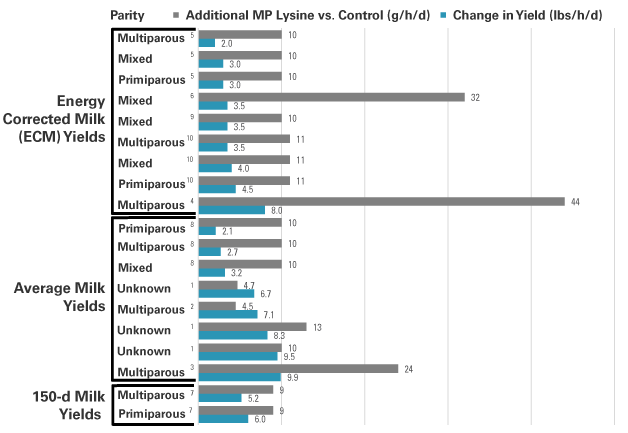
Figure 3. The effect of increasing the supply of MP Lysine on production
References
1National Research Council. 2001. Nutrient Requirements of Dairy Cattle. 7th rev. ed. Natl. Acad. Sci. Washington, DC.
*Agricultural Modeling and Training Systems
**Cornell Net Carbohydrate and Protein System

